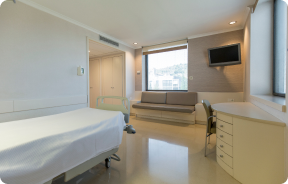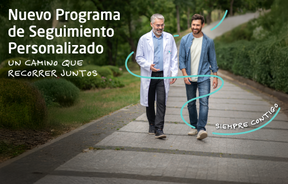
Consultation area

Castro Domínguez FranciscoRheumatology
 Centro Médico Teknonen/health-centers/centro-medico-teknon
Centro Médico Teknonen/health-centers/centro-medico-teknon- Centro Médico Teknonen/health-centers/centro-medico-teknonHospital Universitari General de Catalunyaen/health-centers/hospital-universitari-general-catalunya
 Centro Médico Teknonen/health-centers/centro-medico-teknonHospital Universitari Sagrat Coren/health-centers/hospital-universitari-sagrat-cor
Centro Médico Teknonen/health-centers/centro-medico-teknonHospital Universitari Sagrat Coren/health-centers/hospital-universitari-sagrat-cor
Claw toes are a medical condition characterized by abnormal bending or flexing of the toes, usually the second, third, and fourth toes. This condition can cause discomfort, pain, and difficulty walking.
Symptoms:
- Toe deformity: The most obvious symptom is that the toes appear to be bent into a claw or hammer shape, with the joint near the base of the toe pointing upward and the middle and end joints bent downward.
- Pain: Claw toes can cause pain and discomfort, particularly in bent joints or on the top of the toe where it rubs against footwear.
- Calluses and calluses: Pressure points created by bent toes can cause calluses or calluses to develop on the tops, sides, or soles of your feet.
- Difficulty walking: The deformity can make it difficult to walk comfortably, causing a disturbance in gait.
Causes:
- Muscle imbalance: Claw toes are often caused by an imbalance between the muscles that bend the fingers and those that extend them. When the muscles that bend the toes become stronger or more dominant, they can cause the toes to become deformed.
- Neurological conditions: Nerve damage or certain neurological conditions, such as peripheral neuropathy, can cause muscle weakness and contribute to the development of claw toes.
- Footwear: Shoes that are too tight, narrow, or have high heels can force the toes into an unnatural position, which over time leads to claw toes.
- Hereditary factors: A family history of claw toes may increase the risk of developing the condition.
Diagnosis:
- Clinical evaluation: A health care provider will perform a physical examination to evaluate the appearance of the toes, joint flexibility, and the presence of pain or discomfort.
- Neurological evaluation: In cases where neurological conditions are suspected as the cause, additional evaluation of nerve function may be necessary.
Treatment:
Conservative treatment:
- Shoe Modification: Choosing shoes with a wider toe box and lower heels can relieve pressure on the toes and provide more room for proper toe alignment.
- Orthotics: Custom or over-the-counter orthotic inserts can help support the arch of the foot and relieve pressure on the toes.
- Toe exercises: Exercises to strengthen the muscles that extend the toes can be beneficial.
- Padding: Toe pads or cushions can reduce pressure and friction, preventing corns and calluses.
- Stretching and splinting: A healthcare provider may recommend finger stretching exercises and splints to help realign the fingers.
Corticosteroid injections: In cases of significant pain or inflammation, corticosteroid injections may be considered.
Surgery: When conservative treatments are ineffective, surgical correction may be necessary. Surgical procedures aim to release or lengthen tendons and ligaments, correct deformities, and reposition the toes.



































